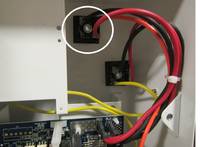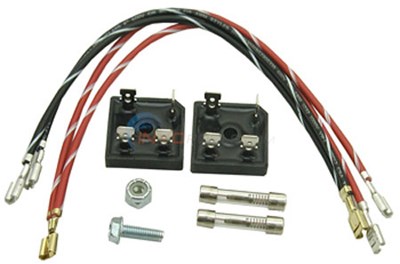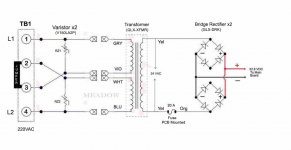- Mar 15, 2014
- 65
- Pool Size
- 33000
- Surface
- Vinyl
- Chlorine
- Salt Water Generator
- SWG Type
- Hayward Aqua Rite (T-15)
My Aqua Rite SWG (installed June 2008) started acting funny at the end of last year - inconsistent diagnostic readings, flashing numbers, wouldn't generate chlorine. I'm trying to open the pool this year, assuming I'm going to have to repair or replace the circuit board, but I'm getting constant "no flow" indicator. I removed the flow sensor, and can't see anything wrong with it. I held contacts together but still got the "no flow" from panel. Do I need to replace the flow sensor or is this part of the problem with the board?
I removed the board, and assume the burn on back indicates a problem, and guess I need to replace it, but I'm having trouble ID-ing exactly what model I have and what board. Pictures of the board are current the panel pic is old - not indicating check salt now.
I looked at similar post by Derek77, and mknauss suggestion to start with this Hayward Aqualogic - Further Reading page, but my board doesn't look like any of these.
How do I proceed with troubleshooting and/or replacement of the board?
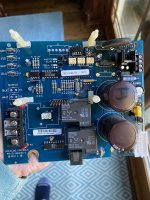
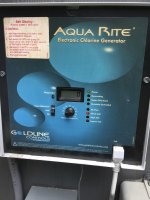
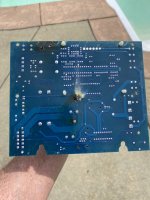
I removed the board, and assume the burn on back indicates a problem, and guess I need to replace it, but I'm having trouble ID-ing exactly what model I have and what board. Pictures of the board are current the panel pic is old - not indicating check salt now.
I looked at similar post by Derek77, and mknauss suggestion to start with this Hayward Aqualogic - Further Reading page, but my board doesn't look like any of these.
How do I proceed with troubleshooting and/or replacement of the board?





